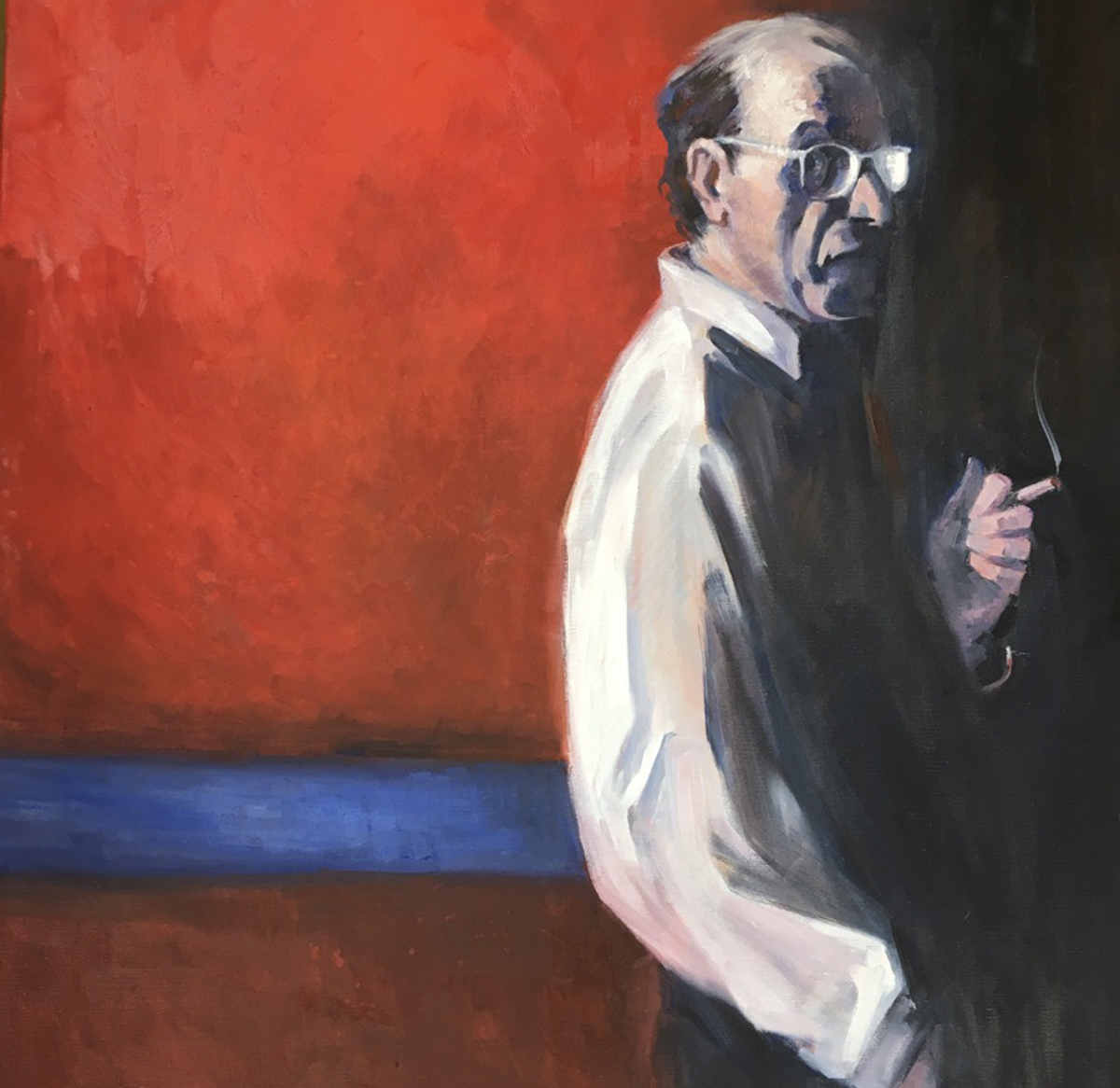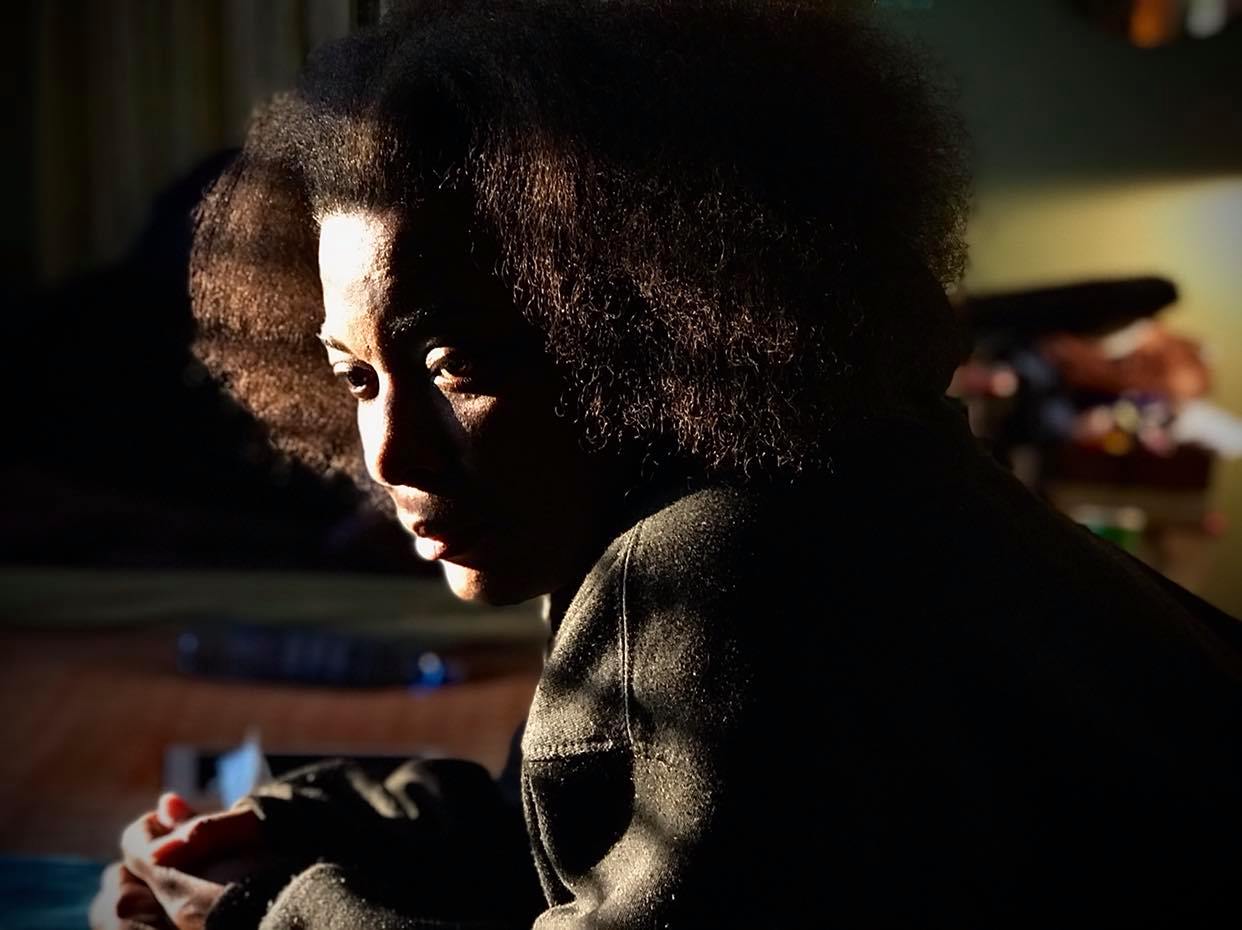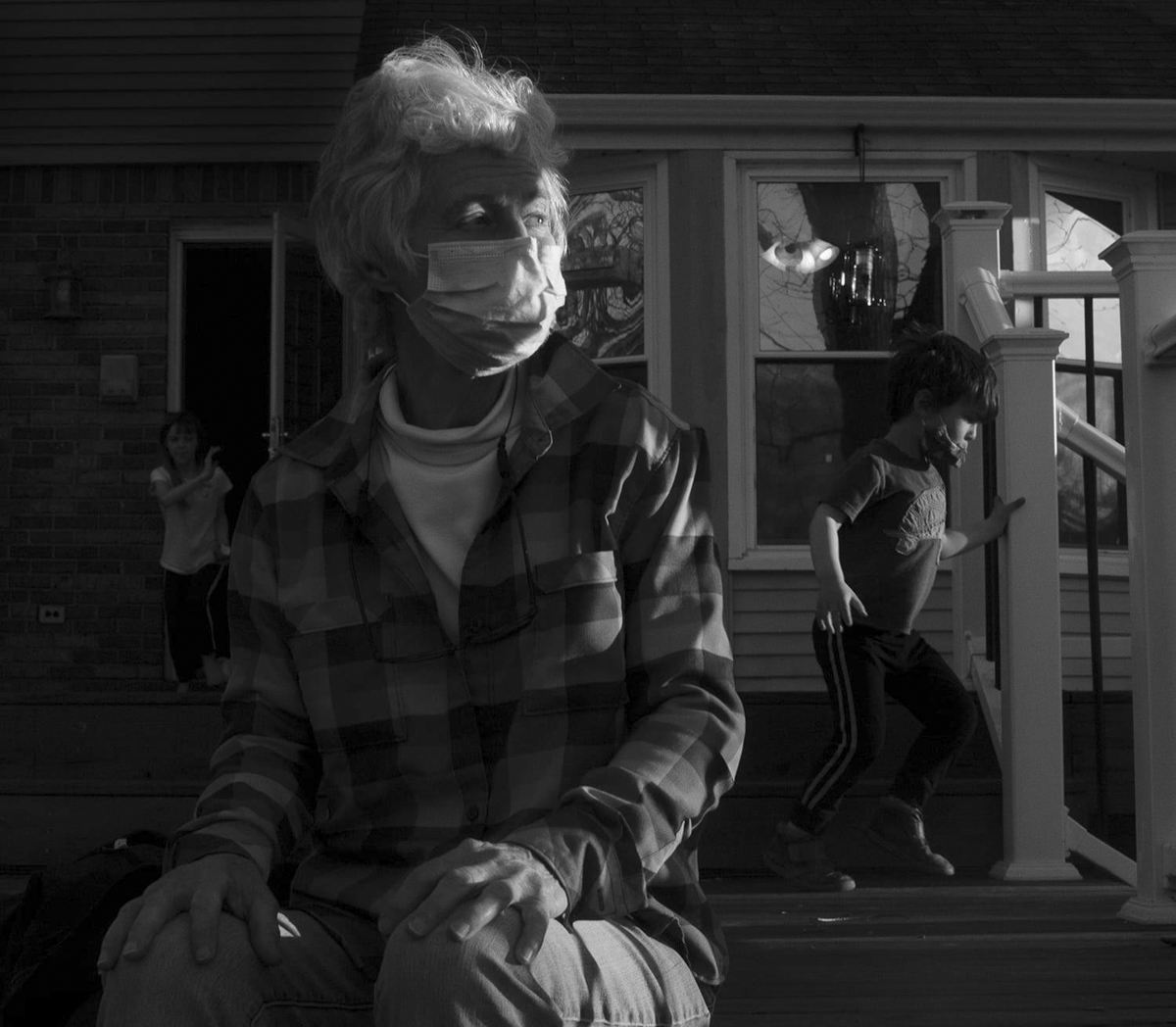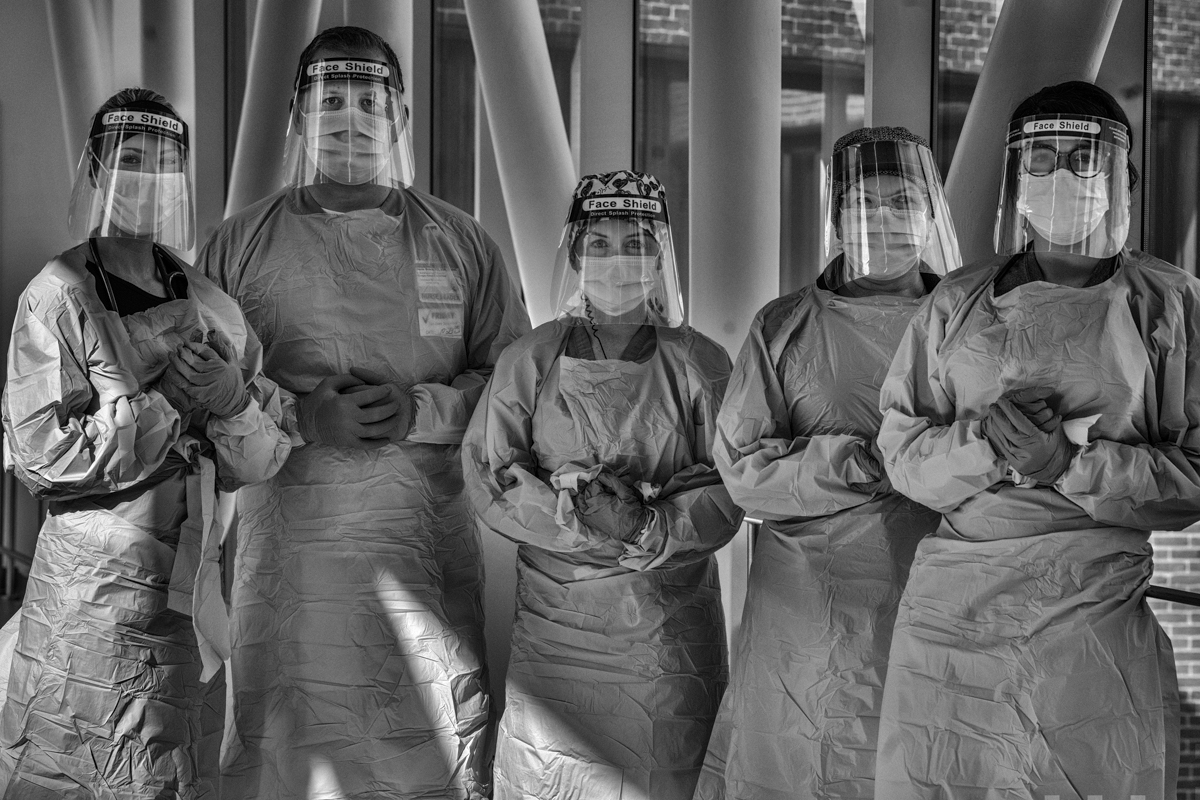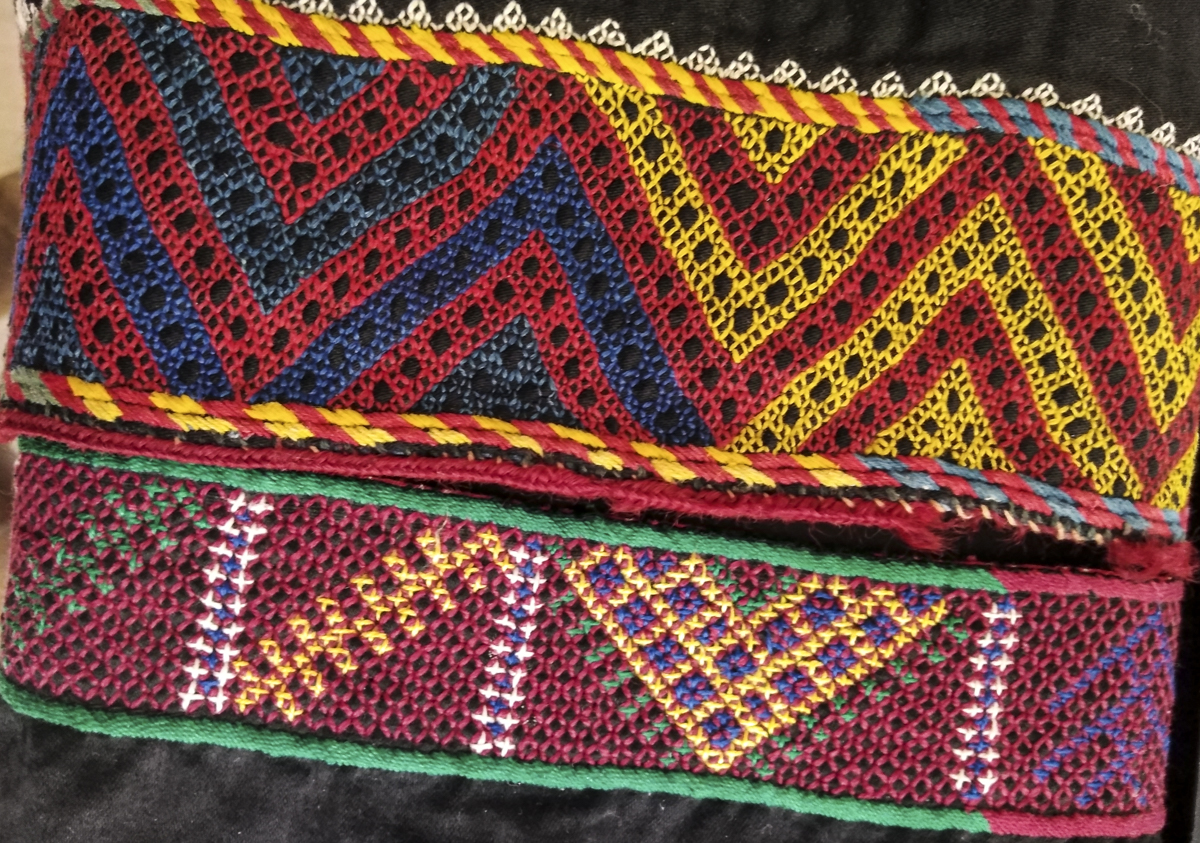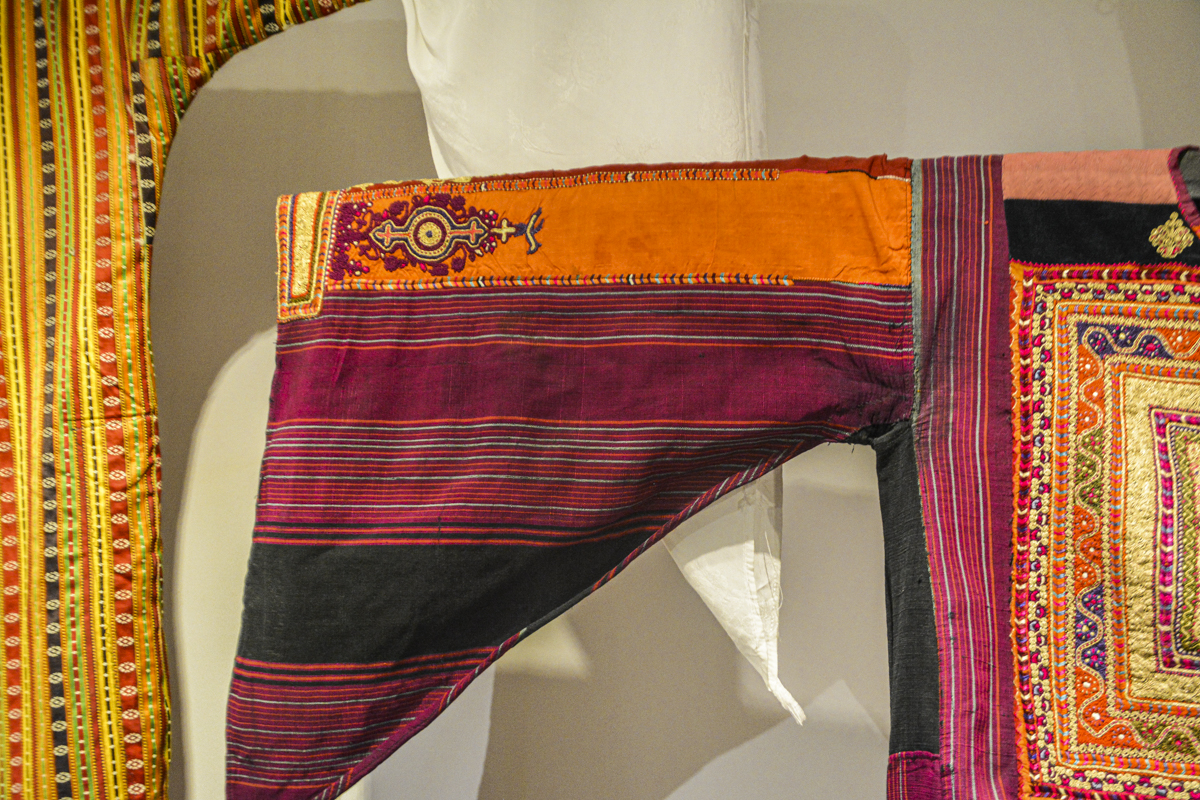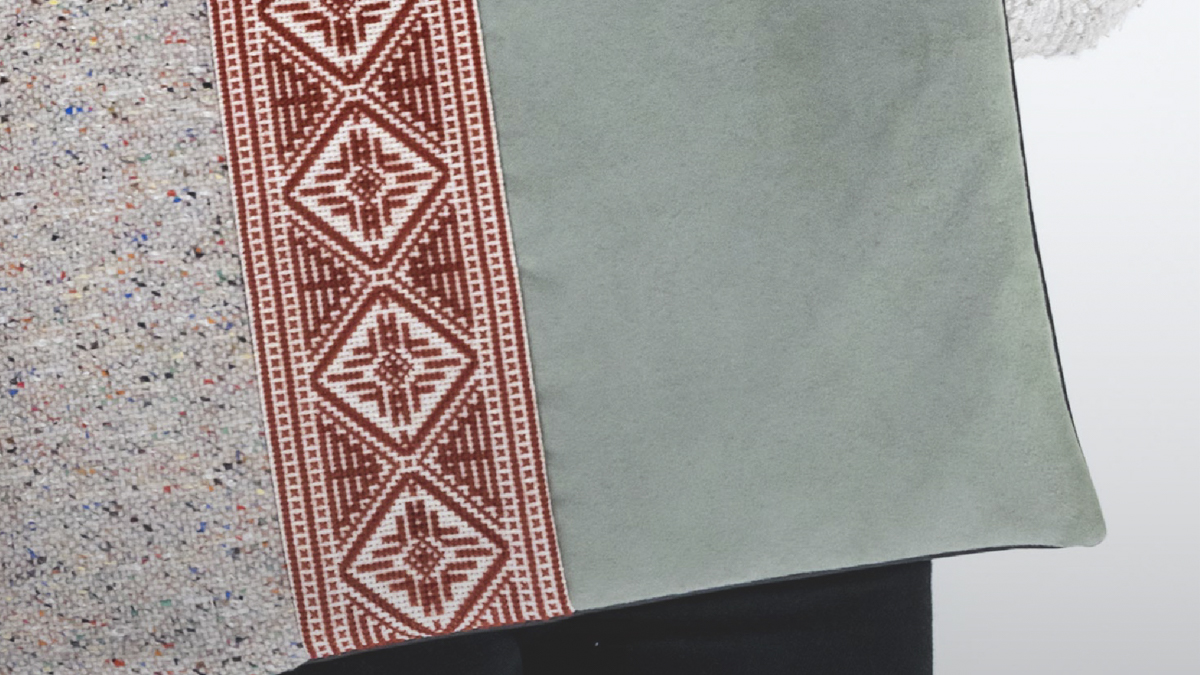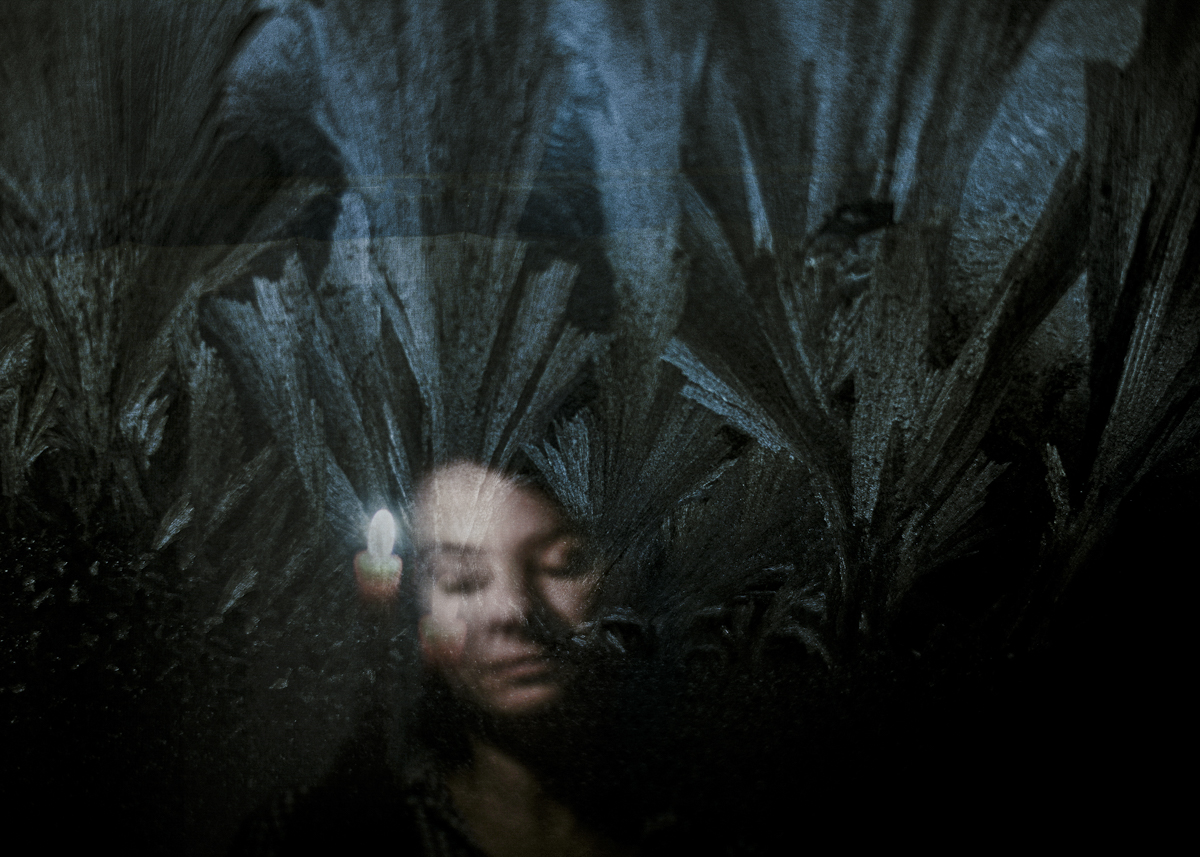
David Wej: From Car Boot in Lagos to London’s High Street
STORY BY AKINTUNDE BABATUNDE
PHOTOS BY TUNDE ALABI-HUNDEYIN II
Preceding its grand opening in June, menswear brand David Wej was in the news across Nigeria and the United Kingdom in February this year for agreeing to a deal to open its debut UK standalone store in central London, despite the current uncertainty hitting retailers.

